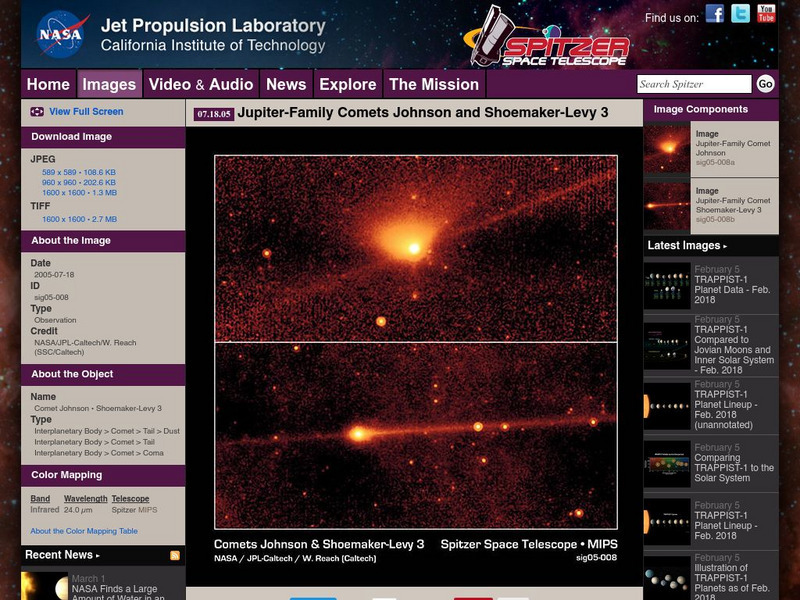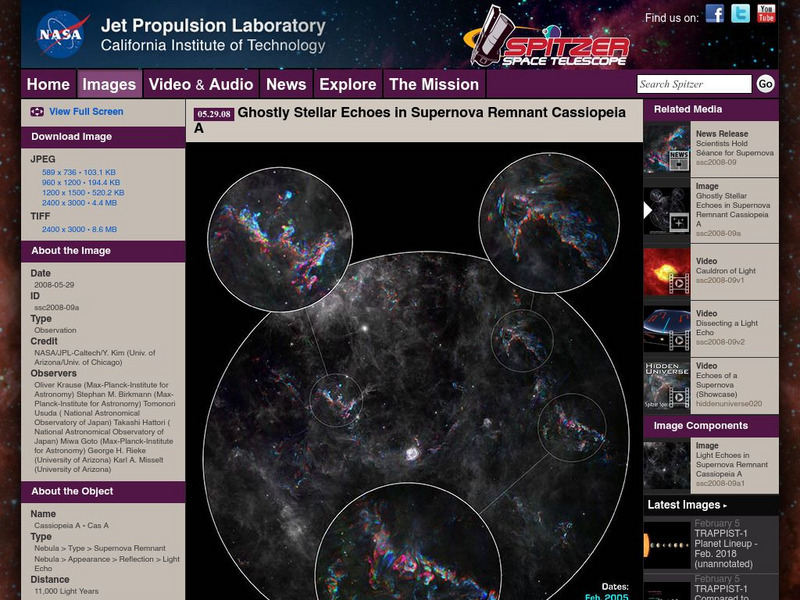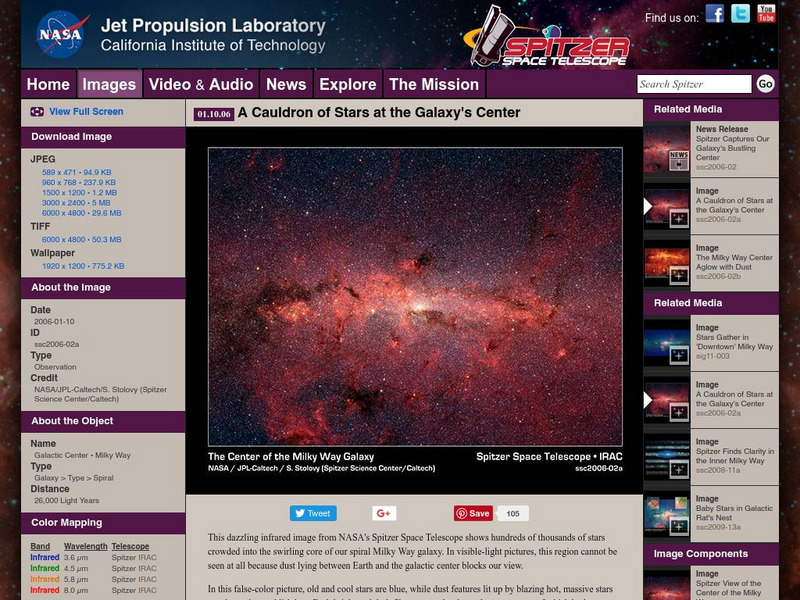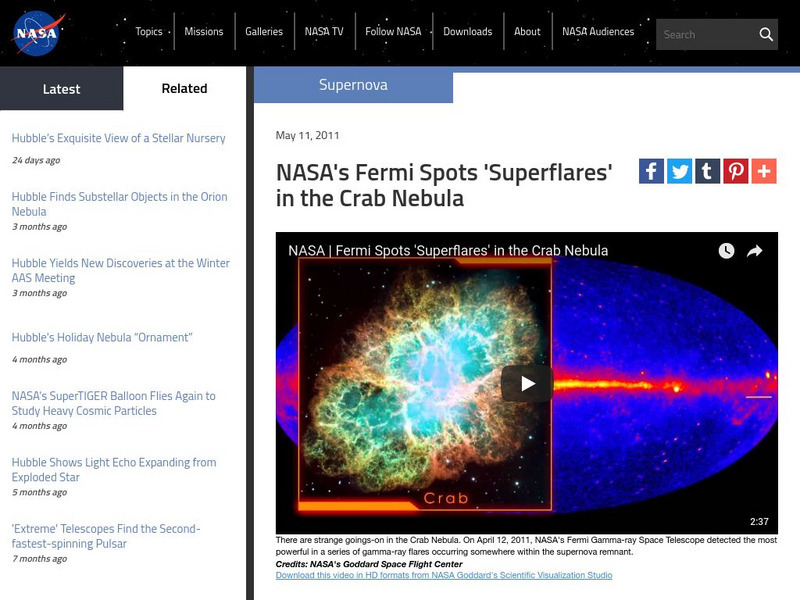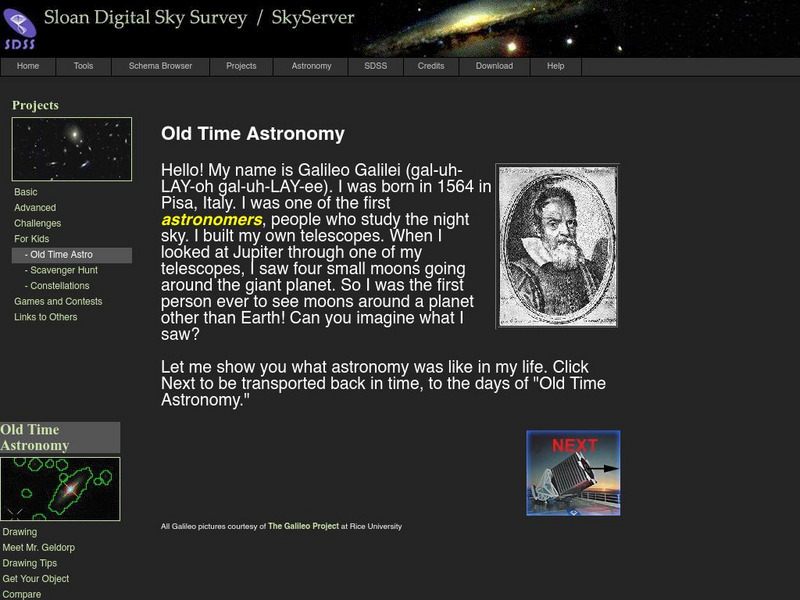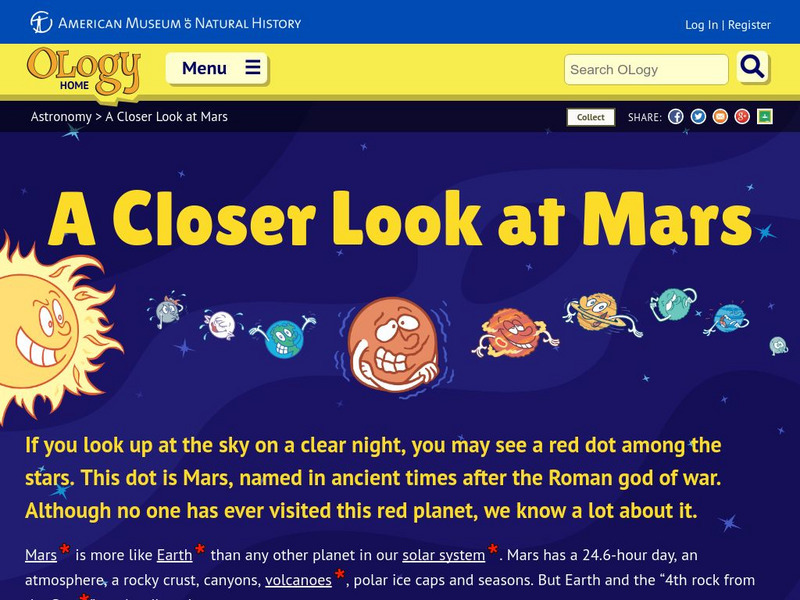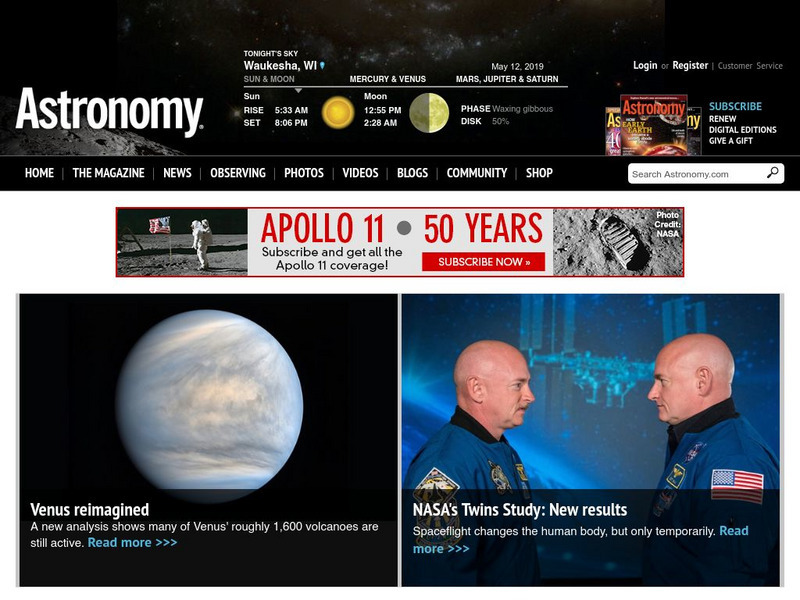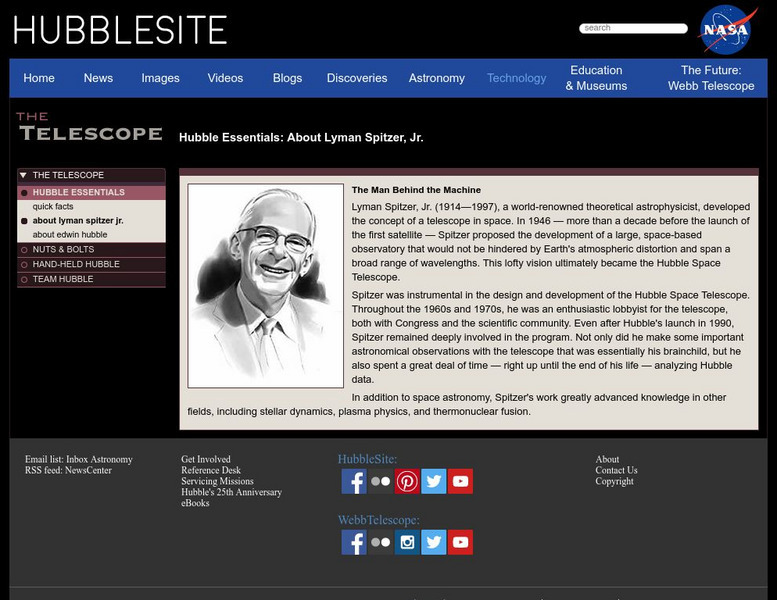California Institute of Technology
Spitzer Science Center: Ring Beholds a Delicate Flower
The Ring Nebula, also known as Messier Object 57, is a dense, star-forming region captured in this space telescope image. In addition, a detailed textual overview explains various specifics of the picture.
California Institute of Technology
Spitzer Science Center: New Views of a Familiar Beauty
The Trifid Nebula, featured in this space telescope image, is seen from four different views. In addition, a detailed textual overview explains various specifics of the picture.
California Institute of Technology
Spitzer Science Center: Jupiter Family Comets
This space telescope image of the Jupiter-Family Comets features both the Johnson and the Shoemaker-Levy 3. In addition, a detailed textual overview explains various specifics of the picture.
California Institute of Technology
Spitzer Science Center: Image of the Tarantula Nebula
The Tarantula Nebula, also known as 30 Doradus, is a dense, star-forming region captured in this space telescope image. In addition, a detailed textual overview explains various specifics of the picture.
California Institute of Technology
Spitzer Science Center: Gamma Ray Burst
This space telescope image features a full-blown Gamma-Ray Burst first detected by a team of astronomers led by Peter Garnavich. In addition, a detailed textual overview explains various specifics of the picture.
California Institute of Technology
Spitzer Science Center: Image of an Infrared Echo
The Infrared Echo, featured this space telescope image of the supernova remnant of Cassiopeia A, is created when a star explodes. A detailed textual overview explains various specifics of the picture.
California Institute of Technology
Spitzer Science Center: Double Helix Nebula
The Double Helix Nebula, captured in this space telescope image, features a variety of red giants and red supergiants. In addition, a detailed textual overview explains various specifics of the picture.
California Institute of Technology
Spitzer Science Center: Center of the Milky Way
This space telescope image displays the center of the Milky Way Galaxy and its "A Cauldron of Stars." In addition, a detailed textual overview explains various specifics of the picture.
California Institute of Technology
Nasa: Splendid Splinter
The Splendid Splinter photo is a picture of a spiral galaxy and acts as part of a series of photographs taken from the Spitzer Space Telescope. The picture is accompanied by a textual overview of the Splinter Galaxy with specific...
California Institute of Technology
Nasa: Chaotic Star Birth
The Chaotic Star Birth image is part of a series of photographs taken from the Spitzer Space Telescope. The picture is accompanied by a textual overview of a groups of stars being born with specific attention given to the details of the...
California Institute of Technology
Nasa: Great Observatories Present Rainbow of a Galaxy
The Great Observatories Present Rainbow of a Galaxy image is part of a series of photographs taken from the Spitzer Space Telescope. The picture is accompanied by a brief textual overview outlining specific details in the picture.
NASA
Nasa: Spiral Galaxy
This Spiral Galaxy image is part of a series of photographs taken from the Spitzer Space Telescope. The picture is accompanied by a textual overview of a spiral galaxy with specific attention given to the details of the picture.
NASA
Nasa: Crab Nebula Supernova Remnant
The Crab Nebula Supernova Remnant image is part of a series of photographs taken from the Spitzer Space Telescope. The picture is accompanied by a textual overview of a nebula left over from a supernova explosion. Specific attention is...
NASA
Nasa: Dwarf Galaxies
This space telescope image, "Dwarf Galaxies Swimming in Tidal Tails" features little galaxies forming in the midst of two colliding galaxies. In addition, a detailed textual overview explains various specifics of the picture.
NASA
Nasa: Mark of a Dying Star
The Mark of a Dying Star is part of a series of photographs taken from the Spitzer Space Telescope. The picture is accompanied by a textual overview of a dead star (or white dwarf) with specific attention given to the details of the...
Society for Science and the Public
Science News for Students: So Many 'Earths'
Article reports on the recent discovery that many suns in the universe host "Earth-like" planets. Includes a vocabularly list.
Other
Sky Server: Old Time Astronomy
This site from SkyServer provides information where students are introduced to Galileo and are transported back in time to learn what "Old Time Astronomy," was all about.
American Museum of Natural History
American Museum of Natural History: O Logy: A Closer Look at Mars
If you look up at the sky on a clear night, you may see a red dot among the stars. This dot is Mars, named in ancient times after the Roman god of war. Although no one has ever visited this red planet, we know a lot about it. This site...
California Institute of Technology
Cal Tech: Two Micron All Sky Survey
Learn about the Two Micron All Sky Survey project, in which telescopes and observatories scan the sky for infrared radiation in order to learn more about the Milky Way galaxy. The infrared spectrum is described and its importance to...
Other
Astronomy.com
Astronomy.com offers daily astronomy news, a photo gallery, hobby news, The Sky Online, telescope information, NASA mission guides and much more.
PBS
Pbs Teachers: Scientific American: Science in Paradise: Big Dish
Investigate the science of radio astronomy, and create a model of a curved reflecting dish that will work like the Arecibo detector to detect electromagnetic waves. Explore risk using a risk space grid.
Space Telescope Science Institute
Hubble Site: Lyman Spitzer Jr.
At the HubbleSite you can learn about Lyman Spitzer's (1914?1997 CE) inventions and accomplishments in the science field.
Other
Sky Server: Types of Stars
SkyServer of the Sloan Digital Sky Survey shows you the different types of stars as well as how to classify and identify them.
Space Telescope Science Institute
Amazing Science: Solar System Trading Cards
Amazing Science looks at the Solar System with this FAQ site and lesson plan.




